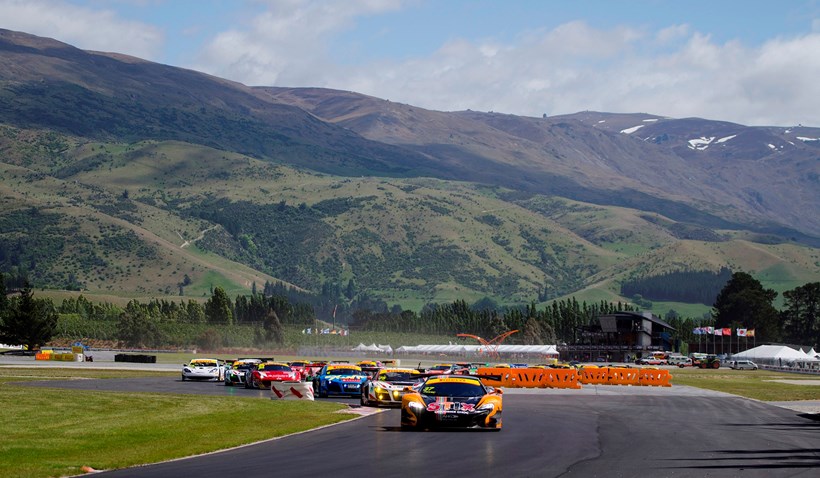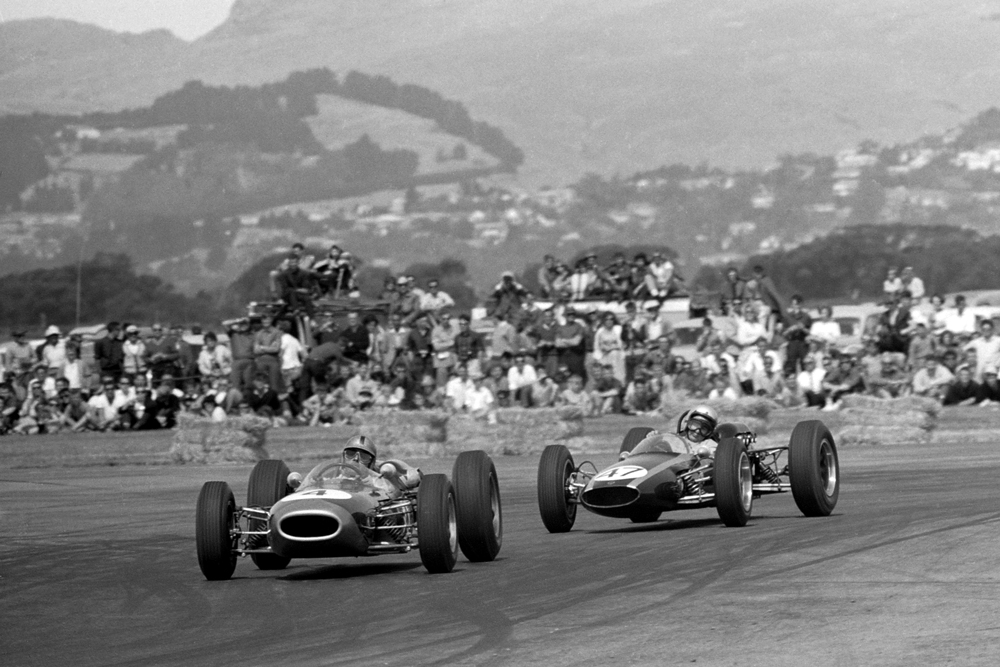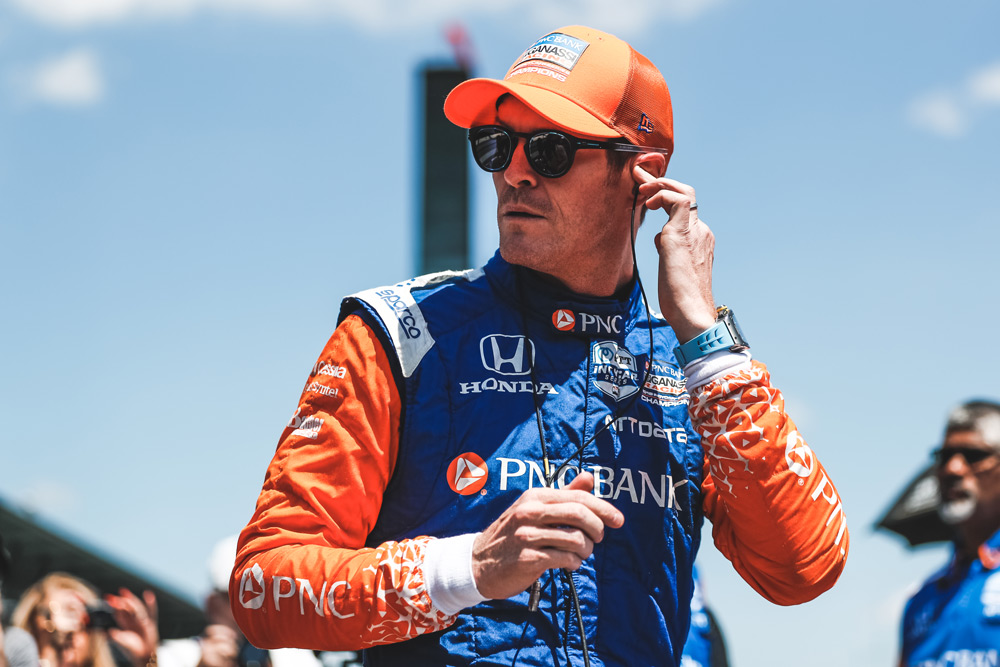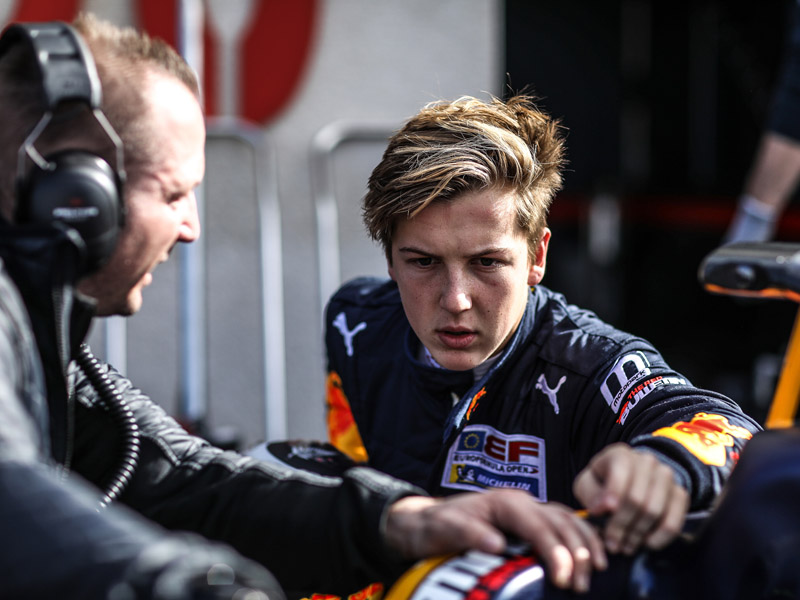Right-o then, it’s taken years, but Virgin Australia Supercars championship Pit Reporter Mark Larkham has finally pissed me off.
To be fair on former driver, team owner and current expert commentator ‘Larko,’ it probably wasn’t his fault. After all, at what he knows best – in particular the sort of background strategy every Supercar team has to wrestle with at each round – he is without peer.
When it comes to more general topics – like the ‘to camera’ piece on Saturday afternoon about why, per capita, New Zealand produces so many drivers of the calibre of Scott McLaughlin, Shane Van Gisbergen etc, he – obviously – struggles.
Because I was planning to be at the event all-day Sunday, I decided this year to do what I do for all the Aussie-based rounds of the Virgin-backed series of a Saturday – watch it from home.
As I have said – probably several times – in previous columns I’m a big fan of the coverage the Supercar series provides Sky TV. The mix of race reportage and background info is – in my humble opinion – unbeatable.
Which is why Larko’s piece was – this time in my ‘expert’ opinion – so disappointing….or rather such a waste of an opportunity to treat a serious subject, with the same rigorous research and attention to detail he, Skaifey, Crompo, Murph etc apply to the others they present throughout the season.
While there was nothing wrong with name-checking ‘Gentleman’ Jim Richards as the first Kiwi to cross the Tasman in search of success on a larger stage, I think that Larko’s other main contention – that all our circuits here are gnarly, narrow old-skool ‘goat tracks’ and that to succeed on them you have to be something very special was so wide of the mark as to be disingenuous.

If nothing else it completely ignores the time, money and effort original partners Tony Roberts and Chris Watson and new owner Tony Quinn have poured in to Hampton Downs to make it the world-class facility it now is, not to mention Tony Quinn’s other not inconsiderable investment in creating a state-of-the art facility virtually ‘from scratch’ at Cromwell’s Highlands Motorsport Park.
Compared to countries – or better still cities – with the same or even larger populations than our 4.78 million people we are so far ahead of the 8 ball in terms not just of facilities but also events to regularly use them, we have to be some of the luckiest little Vegemites on the planet.
As if that piece of lazy journalism was not enough, however, it was compounded by a graphic of our supposed tight, gnarly old-skool goat tracks on screen which included Wigram……

‘Shurely shome mishtake’ there I thought to myself, because not only was the celebrated Christchurch airbase circuit the diametric opposite of the tight, narrow permanent circuits ‘Larko claimed made Kiwi drivers so good, it was last used for a serious round of our national motor racing championship way back in 1994 (and yes I definitely saw the irony here when I looked it up and found that it was indeed an Aussie, Paul Stokell, who won the final Lady Wigram Trophy race held there that year), and last used (period) for a classic car meeting in 2000.
I was there in 1994 (looking after the PR interests of a young and precocious Regan Morgan) but – let’s see, of the current crop of Kiwi Supercar aces only Fabian Coulthard (who is now 37 and was born in 1982) would have just been old enough (12) to make any sense of that particular meeting.
Quickest Saturday qualifier and race one winner at Pukekohe this year, Shane Van Gisbergen (Born in 1989) would have been 4, Richie Stanway 2, Sunday race winner, defending Supercars champion and runaway 2019 series points leader Scott McLaughlin just 8 months old, and……Andre Heimgartner was, er, yet to be born.
OK, I’m making something big about something small, a graphic which probably spent less than 30 seconds on my TV screen.
And bar Scott McLaughlin – who crossed the Tasman while he was still karting and effectively got his start on full-size circuits via the various Supercar ‘development’ categories – the other four, Fabian Coulthard, Shane Van Gisbergen, Richie Stanaway and Andre Heimgartner, all not only did their time racing Formula Fords on our other short, narrow ‘goat tracks’ they all won the New Zealand title before, in time-honoured fashion, moving ‘up the ladder’ (here and then overseas) to bigger and better things.
But in limiting the scope of his explanation just to our circuits and the competition amongst a bunch of ‘talented young drivers’ Larko could just as easily have been talking about Australia…..where the Supercars championship still visits the Lucky Country’s own ‘goat tracks’ (Winton, Barbagallo and Hidden Valley anyone?) and the Formula Ford class has been producing its own line of aspiring young world beaters since Larry Perkins back in 1971, a certain M. Larkham in 1989, Russell Ingill in 1990 and pretty much every Australian Supercars series winner since.
So really, it’s a ‘no-story’ sort of story, the ‘real one’ regarding our own virtual production line of Supercars race and series winners still waiting to be identified and told.
Whether I’m the bloke to do so is a bit of a moot point. But in the absence of anyone else putting their hand up, here’s my two cent’s worth.
And as always if you have a different explanation, don’t be shy in sharing it in the Comments section om the Talk Motorsport website or the various Facebook pages my weekly column is shared to.
So why do I reckon New Zealand produces so many good – nay, world-class – racing drivers?
Obviously because of my background in, and on-going passion for, karts and all things karting, you’d think I’d start there.
However, to be perfectly frank, since we started looking outwards rather than in, ditched the KT100 Yamaha-based ‘club’ classes in favour of a (still quite eclectic) mix of internationally recognised ones, and finally said goodbye to random computer-generated grids and hello to a standardised ‘qualifying/heats/Pre-Final/Final race format, I don’t see any real difference, – good or bad – anymore between us and any other national body around the world.
So the difference must lie with cars, not karts. And you don’t have to be a rocket scientist – or even a forensic journalist (if there is such a thing) to turn up three key differences between ‘going racing here’ and doing the same anywhere else in the world.
For a start – and the one I thought would have been so obvious as to be a no-brainer – is MotorSport NZ’s Junior Licence initiative, which – since the early 1990s has allowed drivers as young as 12 to contest selected national level classes.
Another is MotorSport NZ’s Elite Academy course, held every year in Dunedin, and a key opportunity for eager young drivers to immerse themselves in the ‘out-of-the-cockpit’ psychology and business that is such a necessary part of modern sport.
Then there’s what started as the Shell Scholarship but for the better part of a generation, has been known simply as ‘the SpeedSport Scholarship.’
Mix the three together and (hell I hope I’m not giving too much away here) the results can – literally – be magic. Here anyway.
Across the Tasman, or worse still, in the UK and Europe, not so much!
In Australia, for instance, you can apply for a ‘non-speed event’ licence at age 12, but you have to be 14 before you can officially apply for – let alone be granted – a Junior ‘speed’ event licence.
In
the UK moreover, it appears (and I am happy to be proved wrong here)
that you can’t apply for a full competition licence until you are 18,
though I see from some Googling that 14-17-year-olds
can contest a one-make series in Ginetta G40 sports coupes.

While I am perfectly happy to agree that some 12-year-olds should stay in karts, others – like 5-time Indycar champion and Indianapolis 500 winner Scott Ronald Dixon – are not only ready to race they are ready to win…
Not sure if your own boy or girl fits into this category? Then put them through the SpeedSport Scholarship at Manfeild Circuit Chris Amon.
In theory you are doing this to see if #1 son or daughter can win an all-expenses-paid season contesting the NZ Formula First championship.
In practice though it’s my belief that it is worth doing just to see how your 12-18-year-old teen can handle; 1) the move from a kart to a ‘full-size’ car and circuit; 2) the allied move from a supportive family-based environment to one where he or she is 100% responsible for his/her own actions and decisions, and 3) the pressure of learning to drive a pukka single-seater racing car which – amongst a myriad of conflicting requirements – means a clutch has to be mastered and gears need to be changed.
If, like Scott, your son or daughter is indeed ready to move up to the big kids’ sand pit, they then have what effectively is a two-year head start on their contemporaries from pretty much anywhere else in the world……as a (still just 17) Liam Lawson has been proving for the past three years.
Yes
I know he doesn’t drive a Supercar (yet!) But come on Larko, you know
all about Scott, so you must have heard of Liam Lawson?
Larko? Larko?
Oh never mind!





Comments